Introduction
Scarves are more than just accessories in winter—they have become necessary cozy companions that not only add warmness but style, and persona to any outfit. But the secret to the perfect winter scarf isn’t only in the design—it’s in the fabric material. From luxurious velvet to classic wool and timeless cashmere, the right material can transform your look while keeping you snug through chilly days.
In this guide, we’ll explore the best scarf fabrics for winter, their benefits, and styling tips so you can stay warm and stylish all season long.
1. Velvet Scarves – Luxurious & Festive
Velvet is synonymous with winter elegance. Soft, plush, and visually rich, velvet scarves bring an instant touch of royalty and glamour.
- Warmth Factor: Provides moderate warmth; more for style than extreme cold.
- Best for: Weddings, parties, and festive occasions.
- Colors & Trends: Jewel tones like emerald, maroon, and navy are timeless; lighter pastels are gaining popularity in 2025.
- Styling Tip: Pair with formal dresses or winter coats for a regal touch.
💡 velvet fabric is made from synthetic polyester to natural wool, silk and rayon fabrics and blends of these are also common to make velvet more affordable option to all. The quality of velvet depends on its softness, lustrous and luxurious look and fineness of the velvet.
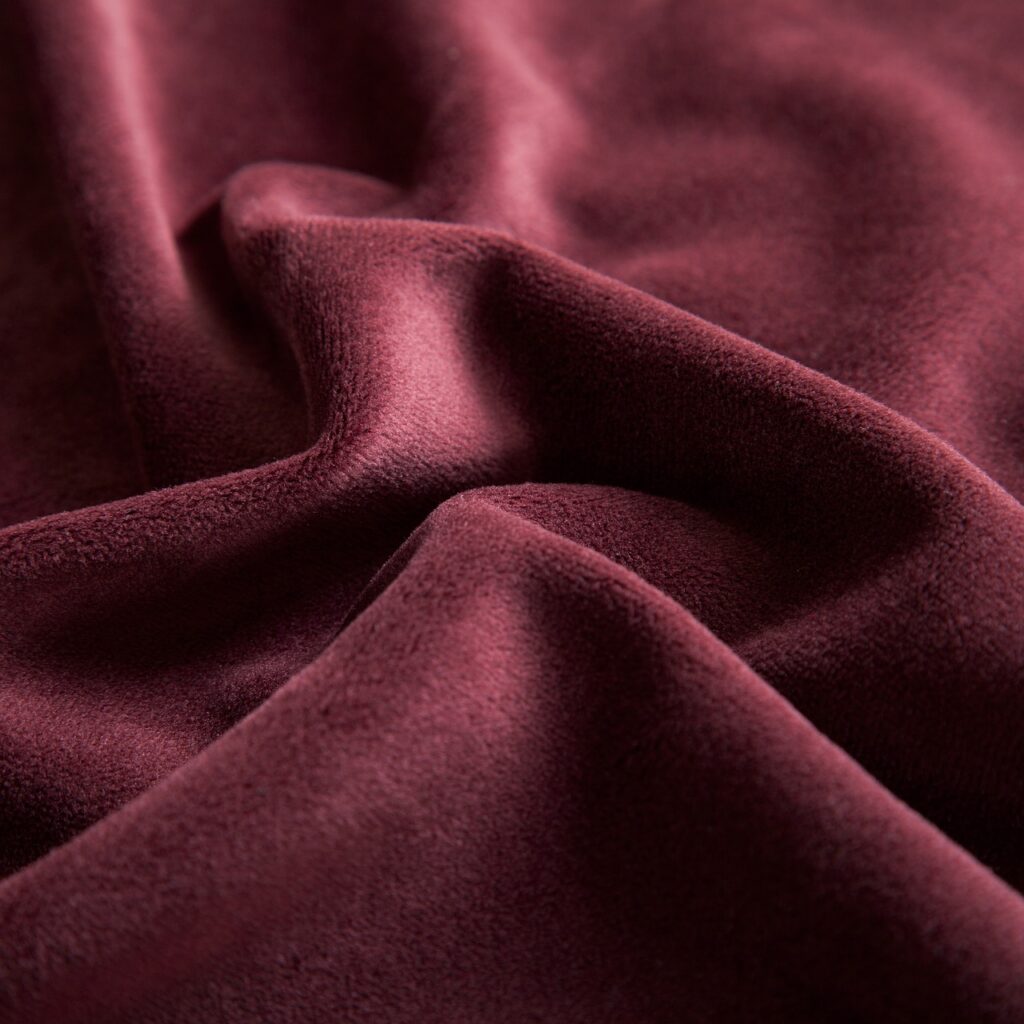
There are many types of velvet fabrics in the market. In Pakistan, velvet with names Micro 9000 and micro 5000 are popular. Amon them micro 9000 velvets are more soft, high sheen and luxurious therefore expensive. Whereas global trends also embrace the appearance of velvet fabric with its feel. Such as crushed velvets, and burnout velvets.
2. Wool Scarves – Classic & Everyday Warmth
Wool is the gold standard for winter scarves all the time. Naturally insulating and breathable, it’s versatile enough for daily wear and formal looks.
- Warmth Factor: Excellent—traps heat while allowing breathability.
- Best for: Everyday wear, office outfits, casual layering.
- Global Trend: Plaid and checkered wool scarves are timeless winter favorites.
- Styling Tip: A chunky wool scarf with a coat is perfect for cozy street style.
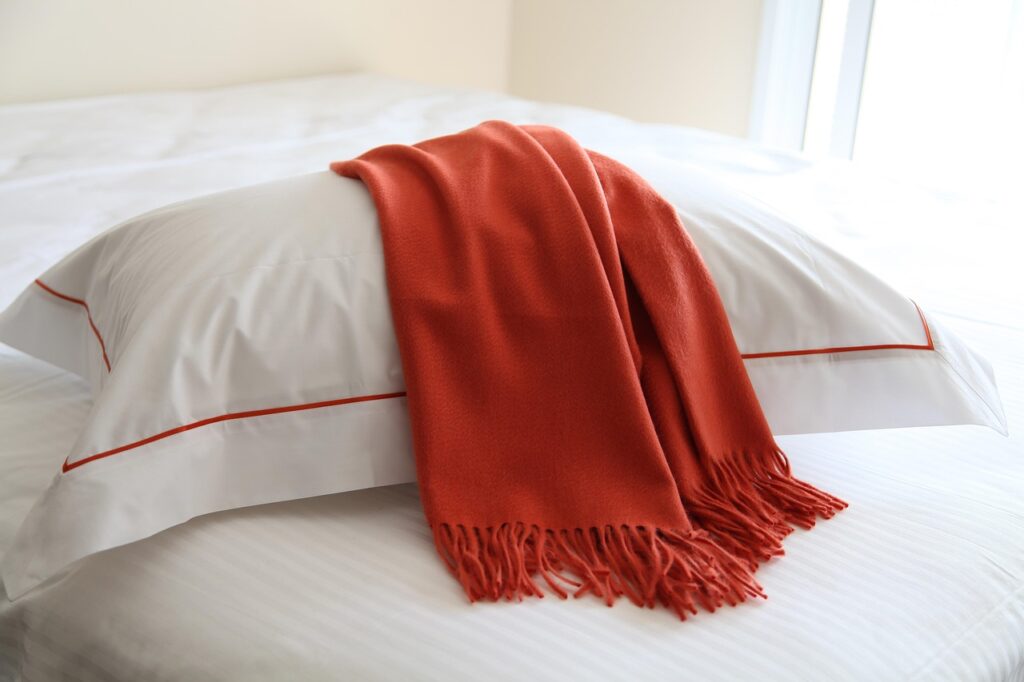
💡Wool is famous for its softness and unbeatable warmness but it has many varieties from soft, superfluous warmness and luxurious look to less soft and normal appearance materials. The more popular are merino, cashmere and pashmina wools.
3. Cashmere & Pashmina Scarves – Soft Elegance
Cashmere is the ultimate luxury fiber, prized for its softness, warmth, and feather-light feel. Pashmina, a finer handwoven variety, is especially popular in South Asia.
- Warmth Factor: Very high despite being lightweight.
- Best for: Both everyday wear and luxury styling.
- Colors & Trends: Neutral tones (beige, cream, grey) dominate globally; traditional hand-embroidered pashminas are timeless.
- Styling Tip: Drape over shoulders for elegance or wrap snugly for warmth.
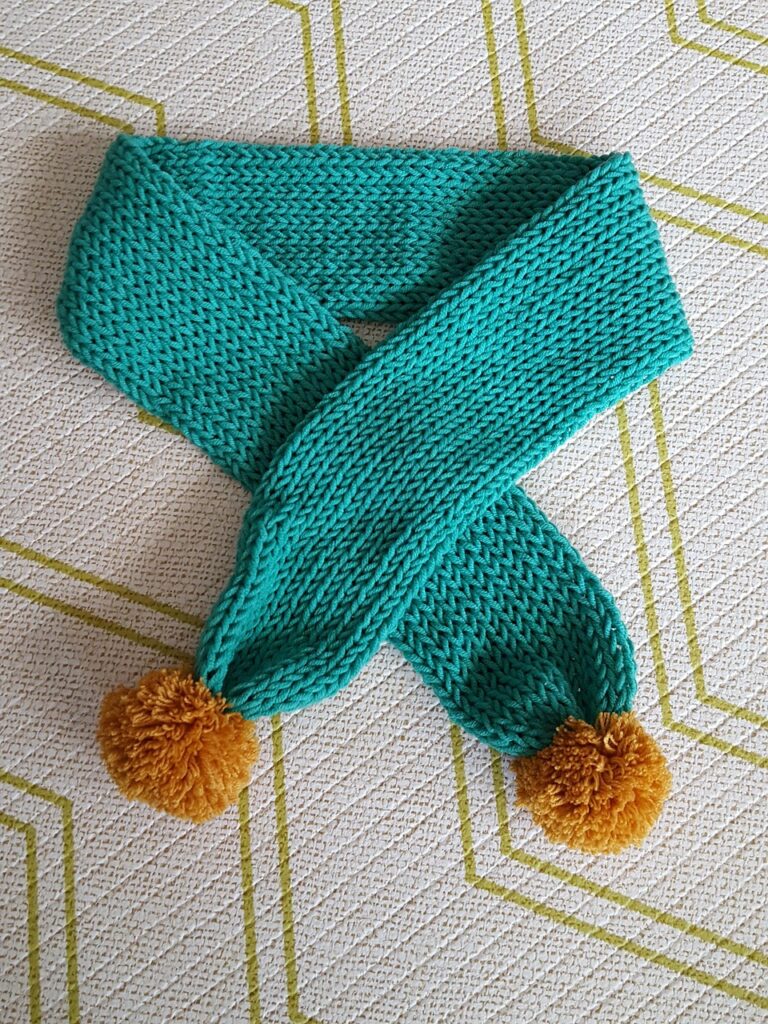
💡 Wool is made from hairs of sheep, camel and goats. Fiber structure of wool is same like our hairs i-e, protein based. Cashmere and pashmina both comes from the wool of changthangi goat, however pashmina is softer and luxurious than cashmere as fibres taken to make pashmina wool is finer and softer than for cashmere. Moreover, pashmina, when introduced was hand made for more luxurious look than cashmere however both provide softness and warmness superiority than other available options. The goat mostly belongs to high-altitude regions of India and Kashmir.
4. Khaddar & Cotton Blends – Affordable Everyday Options
For those who want durability and affordability, khaddar and cotton blends make excellent scarf materials. They’re heavier than regular cotton, making them suitable for mild to moderate winter days.
- Warmth Factor: Moderate—ideal for daily wear in less harsh climates.
- Best For: Work wear, casual outings, layering under coats.
- Styling Tip: Printed khaddar scarves are practical and trendy for everyday use.
💡 handwoven khaddar from South Asia is very popular among people of Pakistan and India from centuries due to its warmth and breathability for daily wear use in winter. It is used as a culture due to its durability, comfortness and affordable price. For winter use, khaddar is made with blends of coarse cotton and wool to provide warmness and for summer it normally makes with breathable cellulosic fibers such as cotton for cool feel.
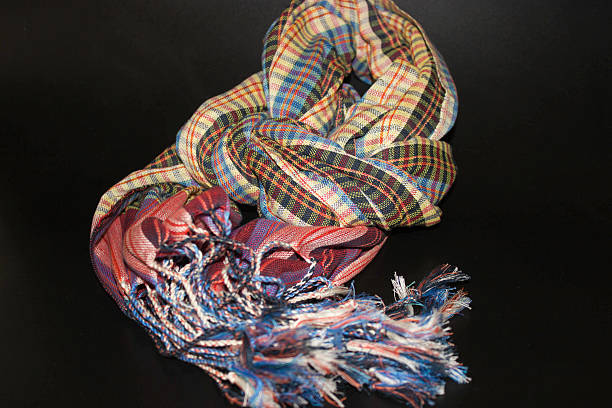
5. Silk and silk & Wool Blends – Stylish Versatility
Blended scarves combine the best of both worlds—silk adds sheen and softness, while wool provides warmth. These scarves are stylish yet functional, making them great for semi-formal occasions.
- Warmth Factor: Moderate to high, depending on blend ratio.
- Best for: Office parties, dinners, and travel.
- Styling Tip: Choose patterned silk-wool blends for a chic, modern look.
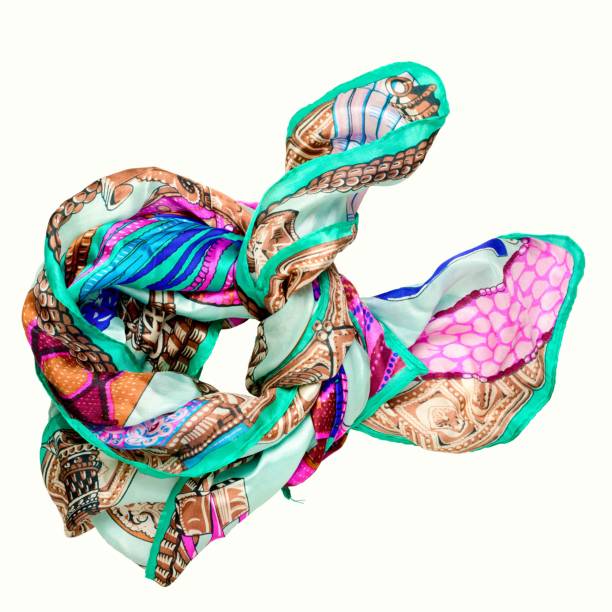
💡 silk is also a natural protein based fiber but the appearance of fiber is more lustrous than wool. It might be due to its triangular cross section naturally which provides high sheen. Nowadays pure silk is rare and expensive and polyester is mostly used as a replacement in many outfits. However, silk and silk and wool blends provide both stylish and luxurious look and warmness. Silk has the ability to lock moisture of our skin and hairs so if you have dry skin and hairs especially curly hairs, use pure silk for your pillow and scarves and you will never regret.
🌟 How to Choose the Right Scarf Material for you?
When selecting a winter scarf, consider:
- Climate: Wool or cashmere for very cold regions, cotton blends for milder winters.
- Occasion: Velvet for festive events, wool for daily use, pashmina for elegance, silk for stylish looks.
- Budget: Wool blends and khaddar are more affordable; pashmina and good quality velvet are premium.
- Skin Sensitivity: Cashmere and silk blends are gentle; some regular wool types may feel itchy.
👗 Styling Tips to Stay Warm & Fashionable
- Pair wool scarves with coats or sweaters for timeless winter layering.
- Use velvet scarves to elevate festive outfits or evening looks.
- Drape a pashmina elegantly over formal dresses.
- Experiment with knots, loops, and drapes to match different outfits.
❓ Frequently Asked Questions (FAQs)
Q1. What is the warmest material for winter scarves?
Wool and cashmere are the warmest options as they naturally insulate while staying breathable.
Q2. Are velvet scarves practical for daily wear?
Velvet is more suitable for special occasions; wool or wool blends are better for everyday use.
Q3. What’s the difference between cashmere and pashmina?
Pashmina is a finer, handwoven type of cashmere, often from Kashmir, known for its exquisite softness and craftsmanship.
Q4. Which scarf fabrics are best for sensitive skin?
Cashmere, silk blends, and soft cotton are gentle options. Some wool types may feel itchy unless blended with softer fibers.
Q5. How can I style scarves for winter outfits?
Use wool scarves for casual looks, velvet for festive wear, and pashmina for an elegant, versatile finish.
Conclusion
The best scarf for winter depends on your climate, lifestyle, and personal style. From the regal elegance of velvet to the cozy warmth of wool and the timeless softness of cashmere, each fabric offers something unique. By choosing wisely, you can stay warm and stylish all winter long—no matter where in the world you are.